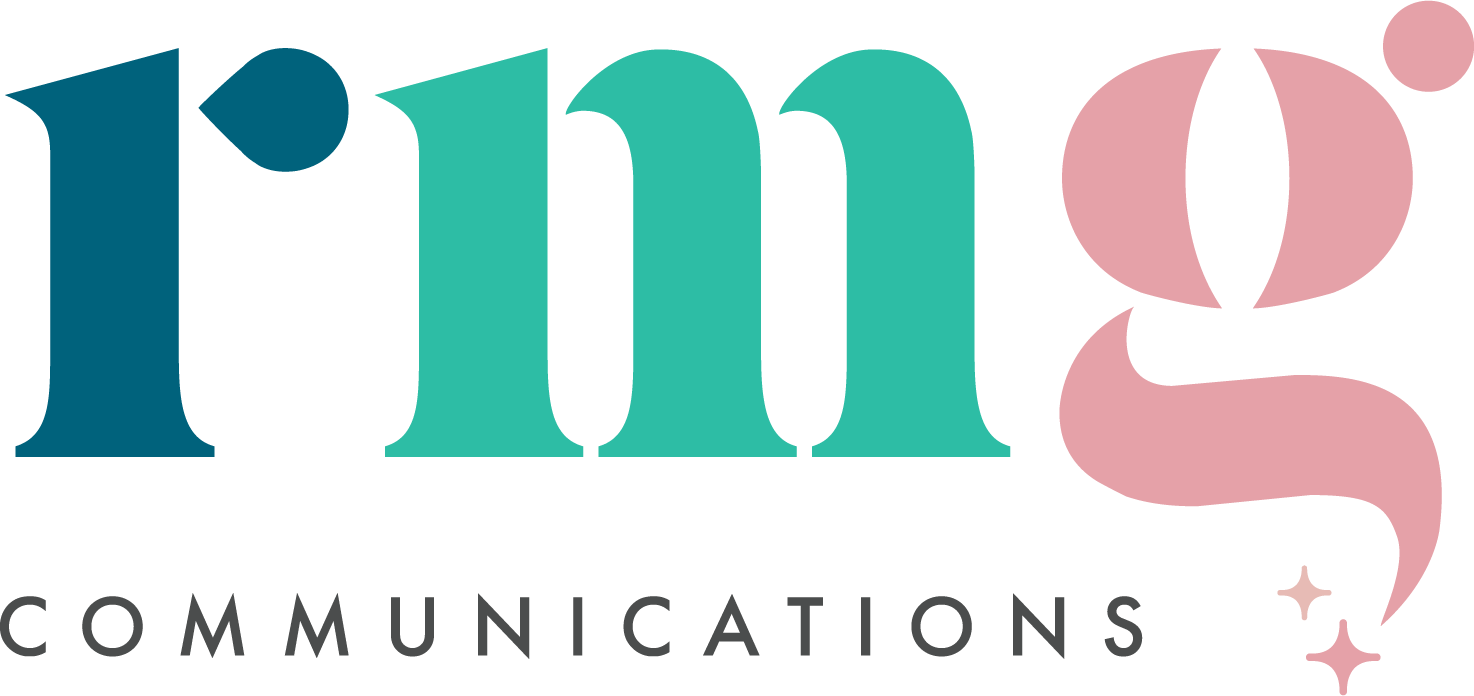From Classroom to CEO: Lessons in Building Your Own PR Firm
By: Liselle DeGrave, APR, President of DeGrave Communications and Rachel Dickman, MBA, APR, Founder/CEO, RMG Communications
Last week, we had the privilege of speaking with California Baptist University’s Public Relations undergraduates about one of our favorite topics: What it really takes to start, sustain, and scale your own PR firm.
As agency founders and co-authors of A Practical Guide to Starting Your Own PR Firm, we’ve experienced firsthand the challenges and rewards of PR entrepreneurship. Our presentation, “PR Business Literacy: What You Don’t Learn in a Textbook,” was designed to help bridge the gap between academic learning and real-world application by providing practical public relations career advice for students ready to take the leap.
Finding Your PR Niche and Knowing Your “Why”
One of the first lessons we shared: specialization leads to sustainability. When launching a PR business, choosing a niche that aligns with your passion and expertise helps you stand out. Whether it’s local government, nonprofits, or community storytelling, your sector focus will guide your reputation, client base, and growth trajectory.
We encouraged students to consider the why behind their work. Passion is what drives consistency, and in PR entrepreneurship, consistency is currency.
Understanding Business Foundations for PR Entrepreneurs
Before launching, every aspiring business owner needs to understand their options. We broke down the most common business structures (sole proprietorships, LLCs and corporations) and explained how each impacts liability, taxes, and growth potential.
While “legal structures” may not sound glamorous, they’re the backbone of your creative freedom. Knowing your framework gives you confidence as you take on clients and contracts when starting a PR agency.
Turning PR Passion into Profitability
Running a PR firm is walking a tightrope between creativity and business literacy. That includes understanding the difference between gross and net profit, tracking expenses, setting up business banking, and knowing when to outsource support, such as bookkeeping or tax preparation.
We shared early lessons on managing non-billable hours, setting fair rates, and establishing sustainable systems. A strong financial foundation keeps your creativity thriving and your PR agency business model strong.
Building a PR Agency Team and Culture
From hiring contractors to creating a remote-first model, we discussed the many ways to structure a team that reflects your values. Growth doesn’t always mean adding more people; it’s about building relationships with professionals who share your vision, work ethic, and purpose.
Branding and Business Development for PR Entrepreneurs
As PR professionals, we know branding is everything, and branding your agency is no exception. We encouraged students interested in starting their own firm to set branding goals, avoid analysis paralysis, and remember that you can always rebrand as your business evolves.
On the business development front, networking remains your most powerful tool. People work with those they know, like, and trust. Authentic relationships and a reputation for quality will fuel your pipeline far more than any cold pitch.
Define What Success Looks Like for You
Success doesn’t look the same for every entrepreneur. Some aim for national growth; others value work-life balance and boutique impact. The key is to define your version of success, so you can structure your goals, processes, and boundaries around it.
Continue Learning with Our Free Tools
Interested in diving deeper? We’ve made many of our session worksheets and templates available for free. You can access them here:
PRessingOnPodcast.com/branding
And for those ready to take the next step and hang their own shingle, check out our companion site:
PRessingOnPodcast.com/prbook
Thanks to Cal Baptist University and Dr. Mary Ann Pearson, APR, for the opportunity to connect with the next generation of communicators.
And remember: the best way to start is simply to start: One step, one client, one bold decision at a time.

